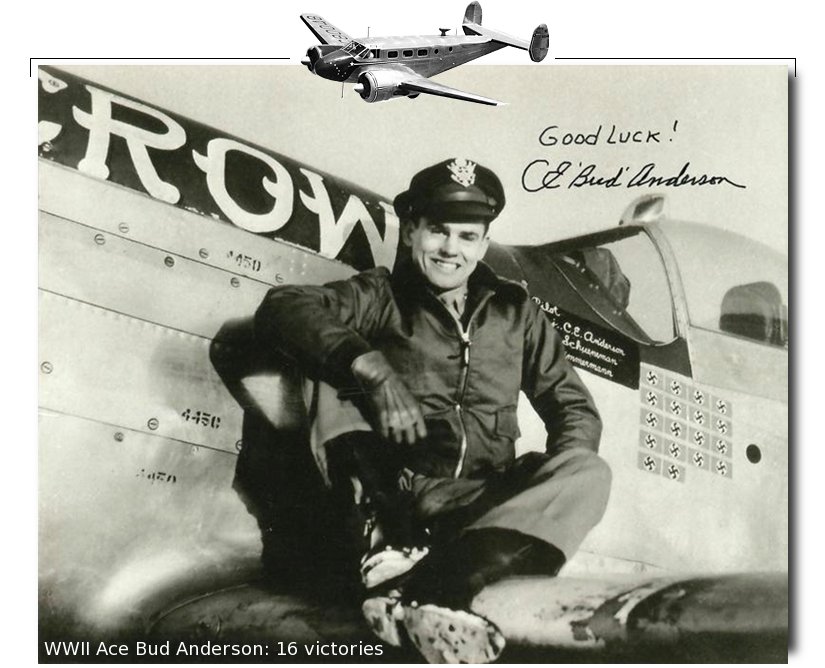I think in the near future, we have.
However I hope we never get the chance to prove one of us wrong, as that only happens durring a conflict.
The biggest loss when a plane goes down, is the pilot. You had to find someone skilled enough to fly it, and then spend money/time to train him. Replacing the plane is easy, the man/woman not so much.
Having a senario where you can have 10 UAV's in hover mode 50 miles outside the conflict zone, ready to be piloted in case the one you're controlling gets shot down, is unbelievably powerful. Your enemy gets lucky and shoots down the top pilot, and 4 minutes later they have to deal with the same top pilot in another UAV.
What military in there right mind, would not want that advantage?






